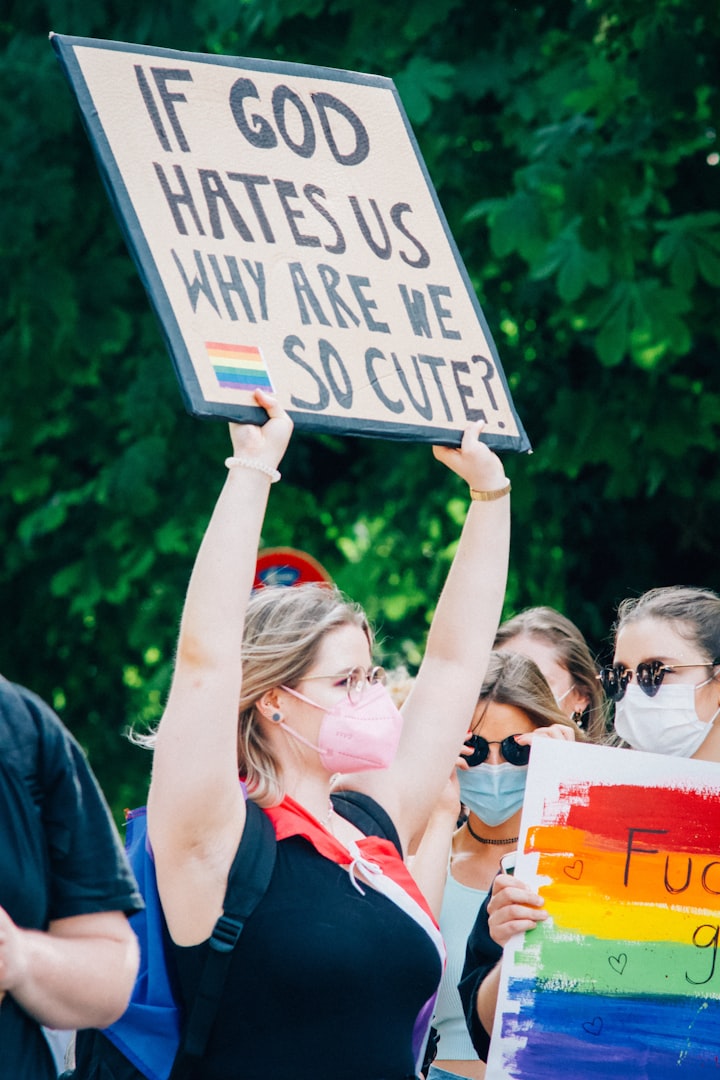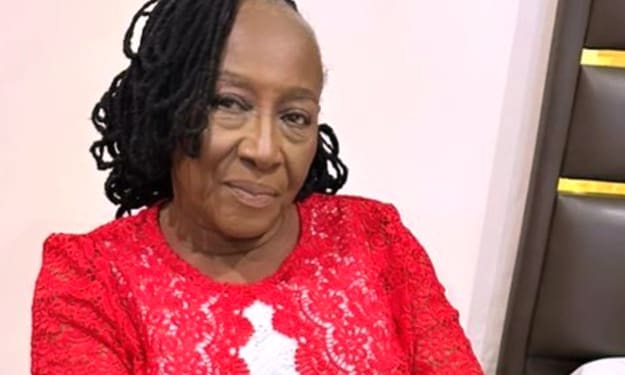Is the world finally embracing the LGBTQ community?
Here is why the LGBTQ community in the United States is celebrating this month of June.

The response of the United States to the LGBTQ+ community has evolved significantly over time. While progress has been made in terms of legal rights, social acceptance, and cultural representation, it is important to note that there is still work to be done and ongoing challenges faced by the LGBTQ+ community. Here are some key factors and milestones that have contributed to the growing acceptance of the LGBTQ+ community in the United States:
1. Stonewall Riots: The Stonewall Riots, which took place in June 1969 in New York City, marked a turning point in the LGBTQ+ rights movement. Following a police raid on the Stonewall Inn, a gay bar, members of the LGBTQ+ community and activists fought back against the harassment and discrimination they faced. This event served as a catalyst for the modern LGBTQ+ rights movement and inspired further advocacy.
2. Activism and Advocacy: LGBTQ+ activists and organizations have raised awareness, mobilized communities, and advocated for LGBTQ+ rights. Organizations like the Human Rights Campaign, GLAAD, and the National LGBTQ Task Force have significantly advanced LGBTQ+ equality through education, legal advocacy, and grassroots activism.
3. Legal Advances: Legal victories have played a crucial role in advancing LGBTQ+ rights. The 1973 decision by the American Psychiatric Association to remove homosexuality from its list of mental disorders was a pivotal step toward recognizing homosexuality as a natural variation of human sexuality. Subsequent legal milestones include the decriminalization of same-sex sexual activity, anti-discrimination laws, and the legalization of same-sex marriage.
4. HIV/AIDS Crisis: The HIV/AIDS epidemic in the 1980s and 1990s affected the LGBTQ+ community disproportionately, leading to increased visibility and advocacy efforts. Activism surrounding the crisis helped foster solidarity within the community and prompted broader conversations about LGBTQ+ rights and healthcare.
5. Cultural Representation: Increased visibility of LGBTQ+ individuals and stories in media, television, film, and literature has played a significant role in promoting understanding and acceptance. Positive portrayals and representation have helped challenge stereotypes and humanize LGBTQ+ experiences.
6. Changing Public Opinion: Over time, public opinion regarding LGBTQ+ rights has shifted. Polls and surveys have shown increasing acceptance and support for LGBTQ+ equality, including support for same-sex marriage, anti-discrimination laws, and transgender rights.
7. Corporate and Institutional Support: Many corporations, educational institutions, and religious organizations have taken steps to support LGBTQ+ rights and create inclusive environments. This includes implementing inclusive policies, offering employee benefits, and participating in LGBTQ+ events and Pride celebrations.
8. Generational Shift: Younger generations tend to be more accepting of LGBTQ+ rights and equality, leading to a generational shift in attitudes and perceptions. Young people have been at the forefront of advocating for change and challenging discriminatory practices.
9. Anti-Discrimination Laws: Many states and municipalities have implemented laws protecting LGBTQ+ individuals from discrimination in areas such as employment, housing, and public accommodations. Additionally, the Supreme Court's decision in Bostock v. Clayton County in 2020 affirmed that federal employment discrimination laws protect LGBTQ+ individuals.
10. Military Service: In 2011, the "Don't Ask, Don't Tell" policy, which prohibited openly gay and lesbian individuals from serving in the military, was repealed. This allowed LGBTQ+ individuals to serve openly and authentically.
While progress has been made, the rights and recognition of transgender individuals have been the subject of ongoing debate and activism. Issues such as access to healthcare, legal recognition of gender identity, and protection against discrimination continue to be areas of focus. The general societal attitude toward LGBTQ+ individuals has become more accepting over time. Public opinion has shifted, and more people support LGBTQ+ rights. LGBTQ+ individuals and themes have gained greater visibility in media, entertainment, and popular culture, contributing to increased understanding and acceptance.
It's important to note that responses to the LGBTQ+ community can vary across different regions and communities within the United States. While some areas may be more inclusive and supportive, others may still face significant challenges related to acceptance and equality. The journey toward full equality and inclusion for the LGBTQ+ community remains ongoing.





Comments
There are no comments for this story
Be the first to respond and start the conversation.